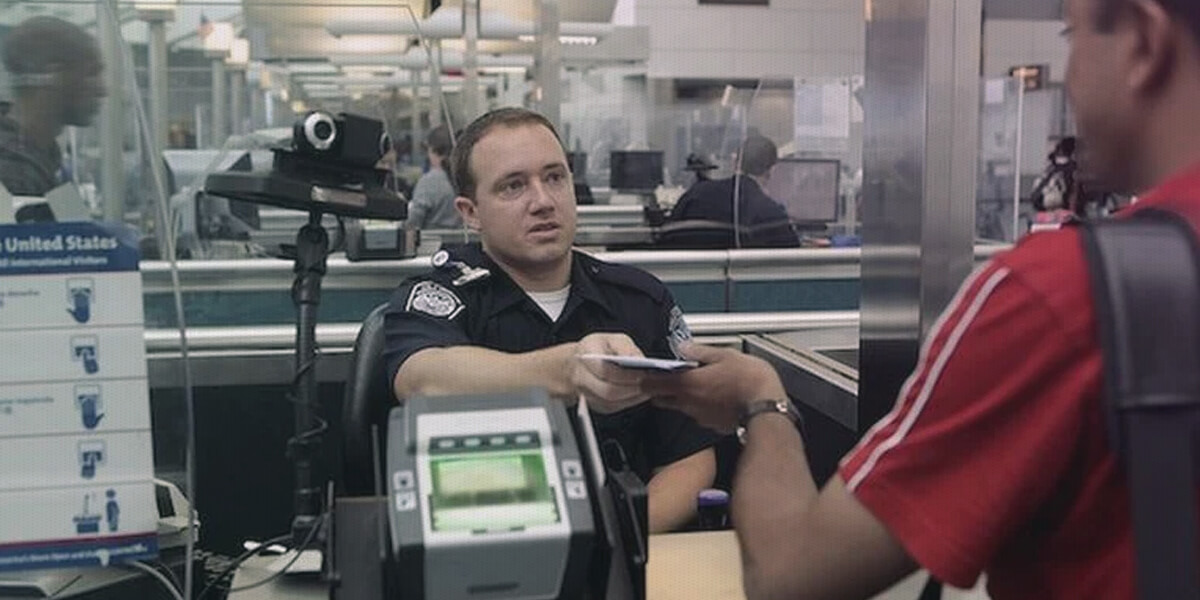
Under the Trump administration, immigrants of various legal statuses are increasingly concerned about the risks of international travel. With heightened scrutiny at U.S. ports of entry and evolving immigration enforcement policies, many fear being denied reentry or even placed in removal proceedings. Whether you're a green card holder, visa holder, or undocumented immigrant with pending relief, it's important to understand the travel risks and how to prepare.
This guide explains who is most at risk, what types of issues raise red flags, and how to minimize your chances of trouble when traveling abroad.
Why Travel Risks Have Increased for Immigrants
The Trump administration made immigration enforcement a top priority. Policies enacted under this administration expanded the authority of Customs and Border Protection (CBP) agents and increased interior enforcement. These changes have resulted in more aggressive questioning at ports of entry and a lower tolerance for past immigration or criminal violations.
Additionally, the administration rescinded or limited protections for various immigrant groups, such as DACA recipients, Temporary Protected Status (TPS) holders, and those with pending asylum applications. As a result, many individuals who once traveled freely now find themselves vulnerable to removal proceedings.
Discretion of CBP Officers at Ports of Entry
It's very important that all foreign nationals inside the United States understand the following.
When you arrive at a U.S. port of entry — such as an airport, land border crossing, or seaport — CBP officers have wide discretion to determine whether you can be admitted into the country. Even if you have a visa, green card, or advance parole document, entry is not guaranteed.
For immigrants, especially those with past issues, CBP can treat your return as a request for admission. In these cases, officers will assess whether you are still admissible under immigration law. This includes reviewing your:
- Criminal record
- Immigration history
- Duration and purpose of your trip
- Documents and supporting evidence
CBP officers may conduct additional questioning (known as secondary inspection), check databases, and inspect your luggage and devices. They are allowed to take these steps without a warrant and without an attorney present.
Importantly, officers can use their judgment to admit you, refer you to deferred inspection, or place you into expedited removal or regular removal proceedings if they find grounds for inadmissibility. The outcome can vary depending on the officer, the port of entry, and the specifics of your case.
That’s why preparation is critical. Even individuals with lawful status should understand that CBP has the authority to scrutinize their eligibility to reenter and act on any red flags that arise during inspection.

Which Immigrants are Most at Risk When Traveling?
All non-citizens face some level of risk when reentering the United States. Immigration officers can review your status and past actions each time you arrive. Even lawful travelers may face questioning or delays. Knowing who’s most at risk can help you prepare and avoid problems.
Green Card Holders with Past Issues
Lawful permanent residents (green card holders) are generally allowed to travel, but those with certain past issues may face trouble reentering. These issues can include:
- Past criminal convictions (even old ones)
- Long absences from the U.S. (6 months or more)
- Previous immigration violations (such as fraud or misrepresentation)
CBP officers can determine that a returning resident is "seeking admission," meaning they must be admissible again to enter. This can lead to secondary inspection and, in some cases, removal proceedings.
Visa Holders (H, L, F, B, etc.)
Nonimmigrant visa holders are more exposed to risks if they:
- Overstayed a previous visa;
- Worked without authorization; or
- Traveled while a change of status or extension was pending.
The Trump administration tightened interpretations of "immigrant intent" and increased visa denials for suspected misuse. Visa holders should be cautious and consult an attorney before international travel if any concerns apply.
DACA Recipients and TPS Holders
Although DACA and TPS offer protection from deportation, they do not guarantee reentry. Advance parole may be required, and even with it, CBP has discretion. Trump-era changes limited who qualified for advance parole. Any travel without proper authorization could result in a denial of reentry.
Asylum Applicants and Other Pending Cases
People with pending asylum, adjustment of status, or cancellation of removal cases may not be able to leave without abandoning their applications. Even with advance parole, reentry isn’t guaranteed. CBP can find a traveler inadmissible or determine their parole isn't warranted.
Undocumented Immigrants
For undocumented immigrants, international travel almost always results in a bar to reentry. Leaving the U.S. can trigger the 3- or 10-year bar depending on how long they were unlawfully present. Trump-era policies expanded enforcement priorities, so those without legal status should not travel.
Common Reasons CBP Flags Travelers
As mentioned previously, CBP has broad discretion at the border. The administration’s push for stricter border screening has potentially increased travel risks for immigrants. Officers often review:.
- Criminal history: Even expunged or minor convictions can raise red flags.
- Immigration history: Past deportations, visa overstays, or misrepresentation.
- Length of absence: Extended trips may suggest abandonment of status.
- Fraud indicators: Using travel as a pretext to reenter with an invalid purpose.
Even green card holders can be placed in removal proceedings if deemed inadmissible.
Minimizing Immigrant Travel Risks
Before traveling abroad, immigrants should take proactive steps to protect themselves:
- Carry Proper Documentation: Bring evidence of your lawful status, ongoing ties to the U.S., and proof of the reason for your trip. This can include:
- Copy of green card or valid visa
- Advance parole document (if applicable)
- Proof of employment, home ownership, or family in the U.S.
- Keep Travel Short and Purposeful: Avoid long absences, especially if you are a permanent resident. CBP may suspect abandonment of residence.
- Be Prepared for Secondary Inspection: If flagged, you may undergo additional questioning. Stay calm, answer truthfully, and avoid volunteering extra information.
- Consult an Immigration Attorney: If you have any criminal history or complex immigration background, talk to a lawyer before planning international travel.
Permanent residents who are eligible for U.S. citizenship should seriously consider applying for naturalization. Becoming a U.S. citizen provides the strongest protection against travel-related risks and inadmissibility concerns.
What to Do If Denied Reentry or Placed in Proceedings
In the worst-case scenario, you may be denied reentry or referred to immigration court. Here’s what to do:
- Contact an immigration attorney immediately: They can advise on legal options and whether to challenge the CBP decision.
- Request a copy of any documents you sign: Never sign a voluntary departure or waiver without understanding the consequences.
- Stay informed: Understanding your rights at the border can prevent costly mistakes.
How CitizenPath Can Help
At CitizenPath, we empower immigrants with easy, affordable tools to prepare USCIS applications online. Our platform is designed for do-it-yourselfers, with step-by-step instructions and alerts to help avoid costly mistakes. For those planning international travel, CitizenPath can help you apply for advance parole or replace lost travel documents.
Plus, when you sign up for our newsletter, you'll get ongoing immigration tips and updates, including travel guidance and policy changes that could affect your plans.
Under Trump-era policies, travel risks for immigrants have increased due to stricter enforcement and reduced discretion at the border. Even those with lawful status should carefully consider their situation before leaving the U.S. With the right preparation and legal guidance, many immigrants can still travel safely.
Before making any plans, understand the risks, know your rights, and use resources like CitizenPath to stay informed and protected.
Want more immigration tips and how-to information for your family?
Sign up for CitizenPath’s FREE immigration newsletter and
SAVE 10%
on our immigration services






